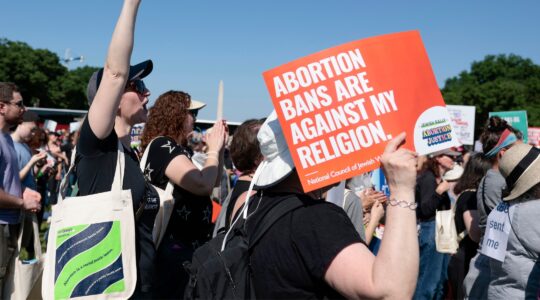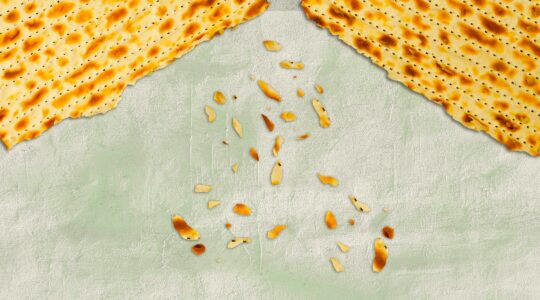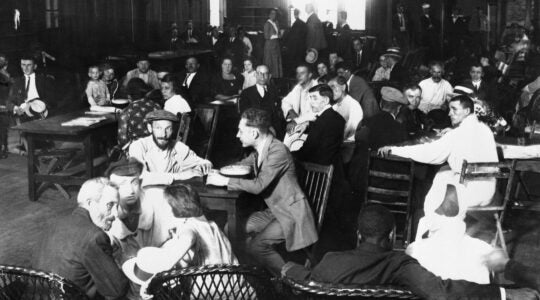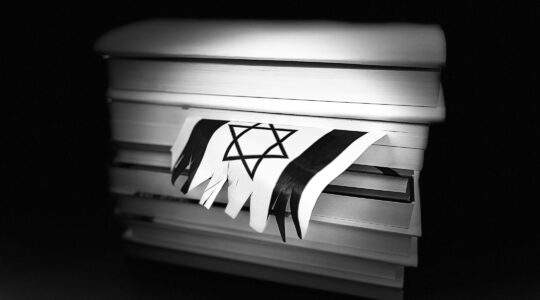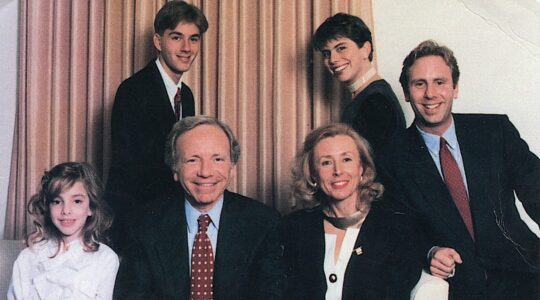To the Editor:
Rabbi Hain calls for strengthening the center of Modern Orthodoxy. He makes clear who is on the left — those calling for Orthodoxy to grant the title rabbi to women — but he leaves absent a clear definition of who is on the right or who is in the center.
Modern Orthodoxy is not a denomination in its own right in that it has never sought to clearly differentiate itself outside of the general framework of Orthodox halachic interpretation. What can be said of Modern Orthodoxy is that in the latter half of the 20th century, Rabbi Joseph B. Soloveitchik was outspokenly at odds with the broader Orthodox community on three critical social issues: the legitimacy of the modern State of Israel; the value of a university education and advanced secular studies; and the importance of providing young women the same Jewish educational content and quality as men.
These issues, radical in their time, became the cornerstone of what is called Modern Orthodoxy.
But these issues are no longer radical. They have become widely accepted in some form or another across the Orthodox spectrum. Even many of the most haredi communities in the United States have dropped any overt anti-Zionist sentiments, incorporated a path for college education, and provide young women a robust and substantive Jewish education (albeit with a different focus than young men).
The bottom line is that in 2010, the issues that once defined Modern Orthodoxy now seem to be more like shades of an Orthodox gray. Indeed, it has become unclear where exactly the right of Modern Orthodoxy is located vis-a-vis the left of, say, regular Orthodox Judaism.
What I think Rabbi Hain inadvertently demonstrates is that those whom he places on the left are actually the only ones arguing for a clearly definitive social difference that defines their Orthodoxy as “Modern.” The Modern Orthodox movement in America was founded in arguing for progressive change on key social and communal issues as they were being defined within the broader Orthodox community.
It seems to me that nothing has changed. Granting women the title rabbi is the next logical step in the social progression of women within Orthodoxy. Having achieved equal rights in Jewish education and scholarship, isn’t equality in degree or title next?
As long as there is no halachic obstacle, it seems reasonable to argue that this movement is building on the same core elements of social progress originally advanced by Rabbi Soloveitchik. And if there is a halachic obstacle, then it is already out of the framework of normative Orthodoxy.
If Modern Orthodoxy is going to survive as a unique and distinct movement, it needs to be about pushing the social envelope within the broad halachic framework of Orthodox Judaism. Otherwise, it’s just an old label.
Hillel David Rapp
New York, N.Y.

